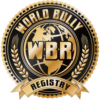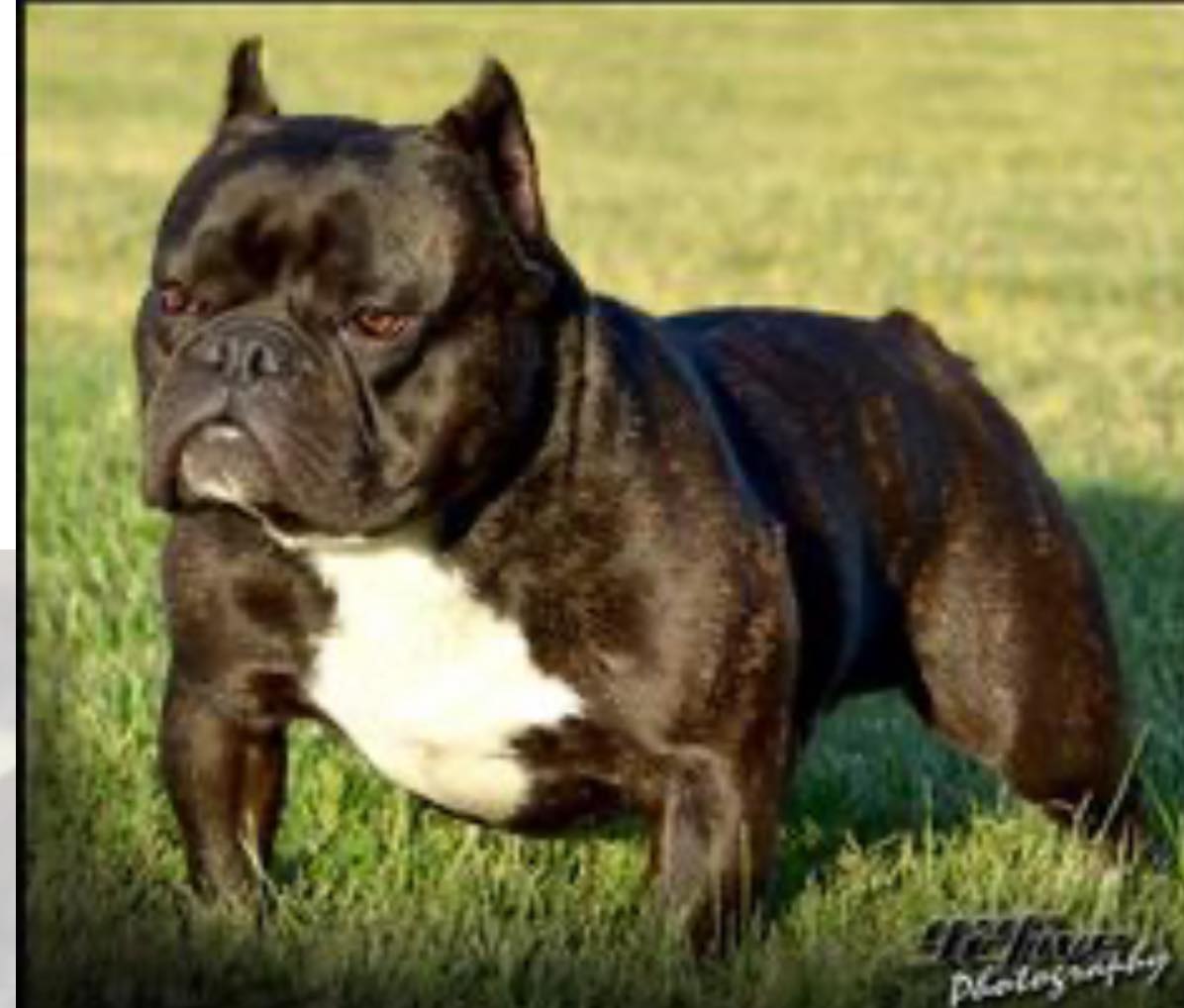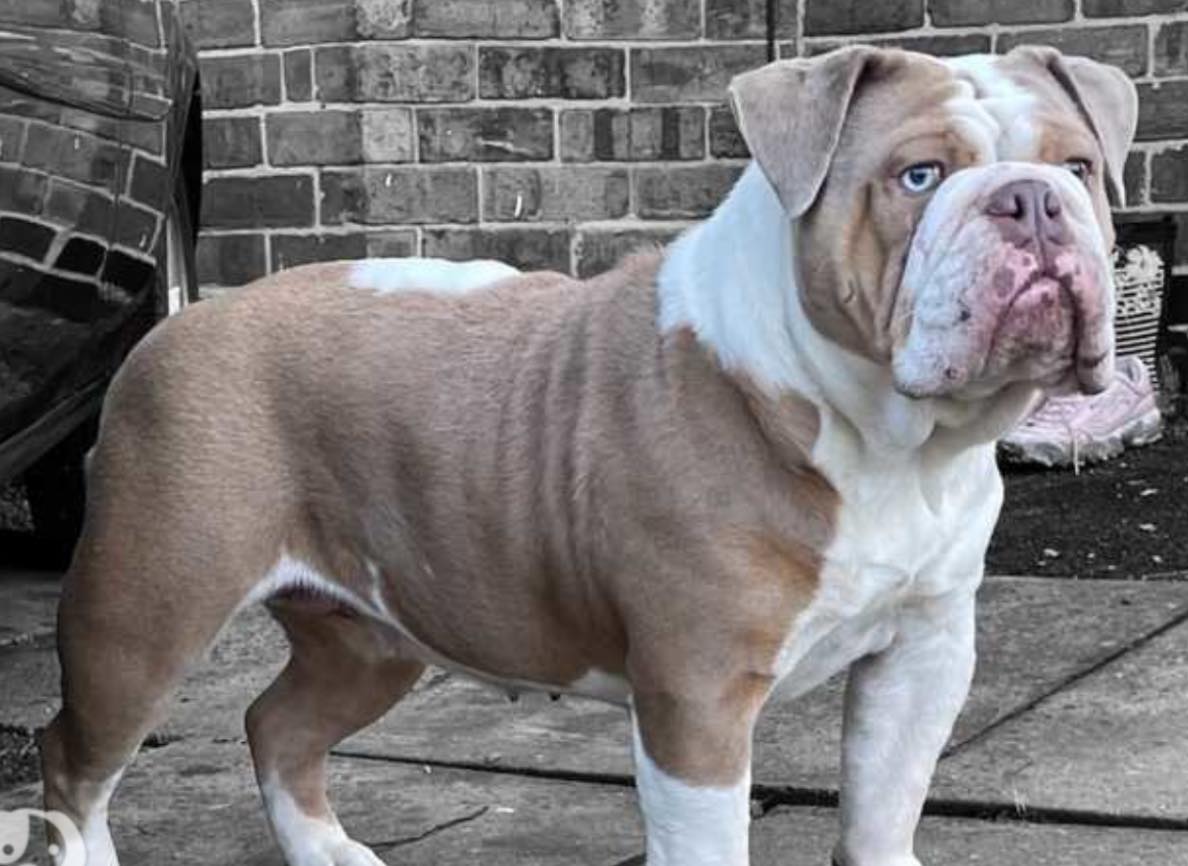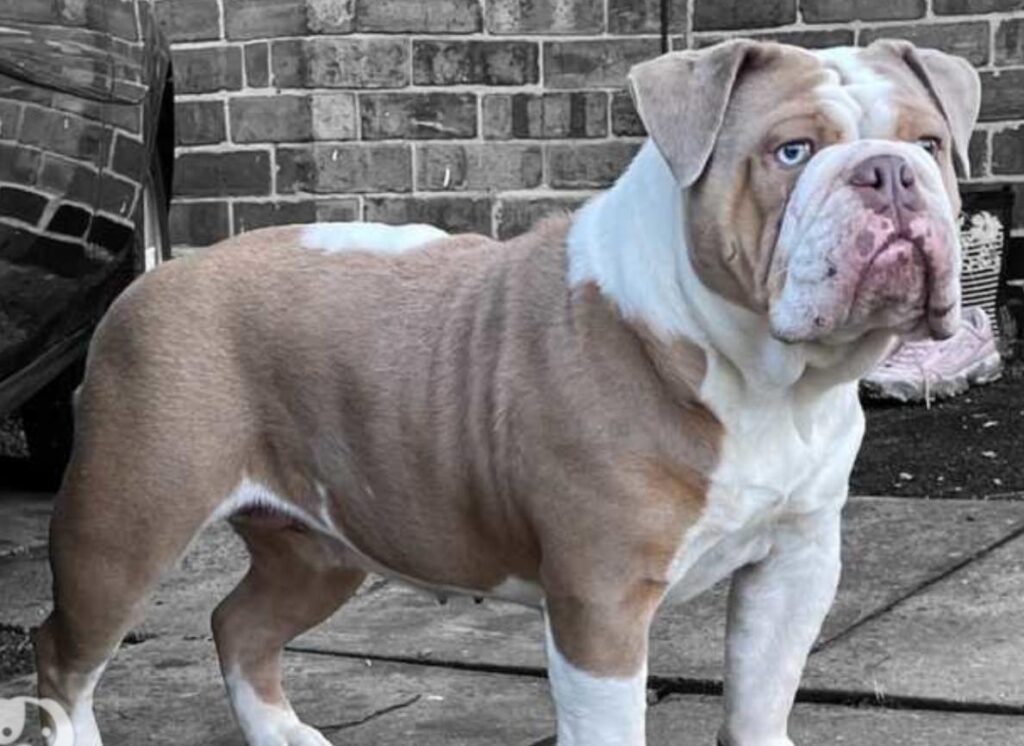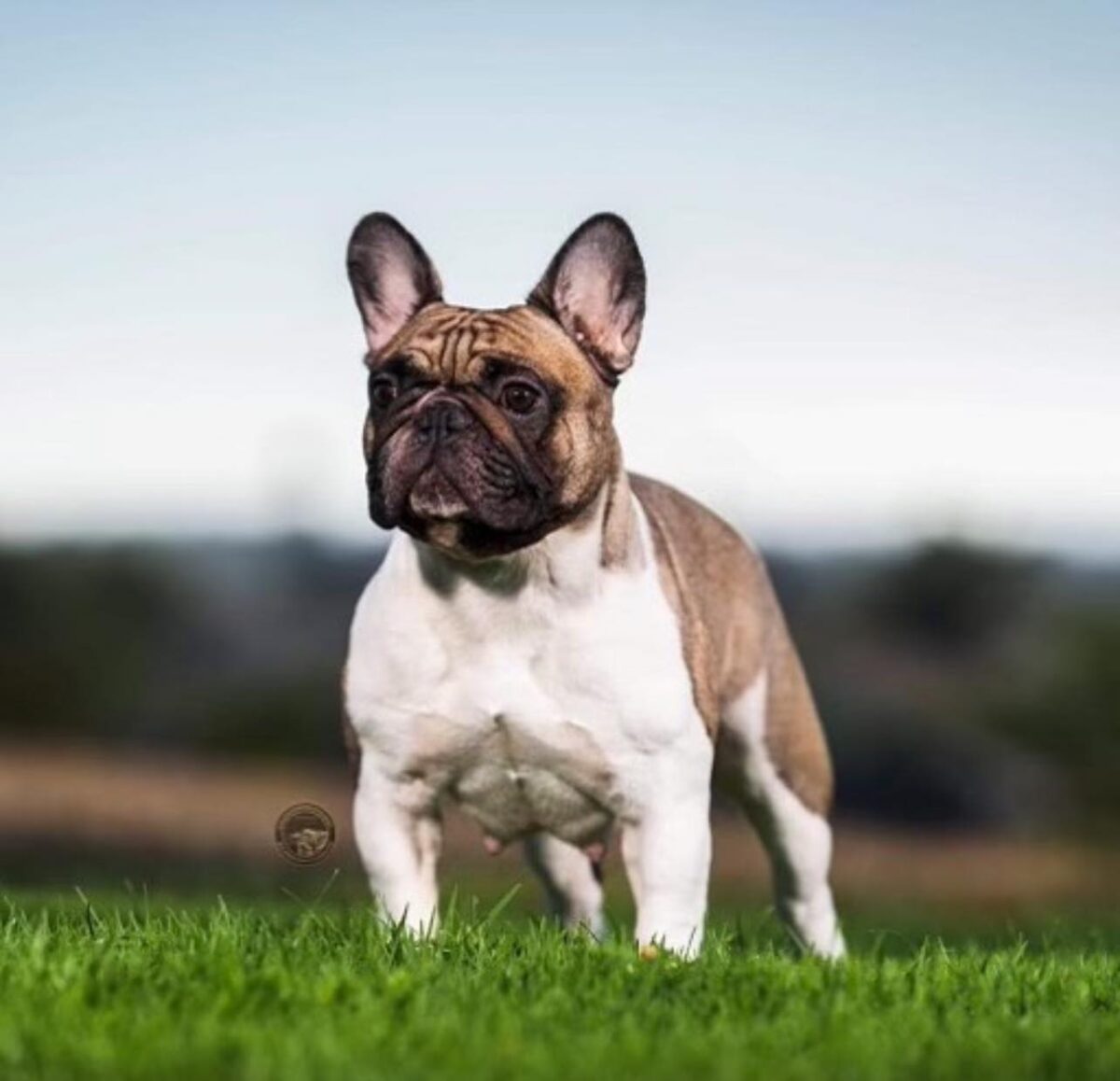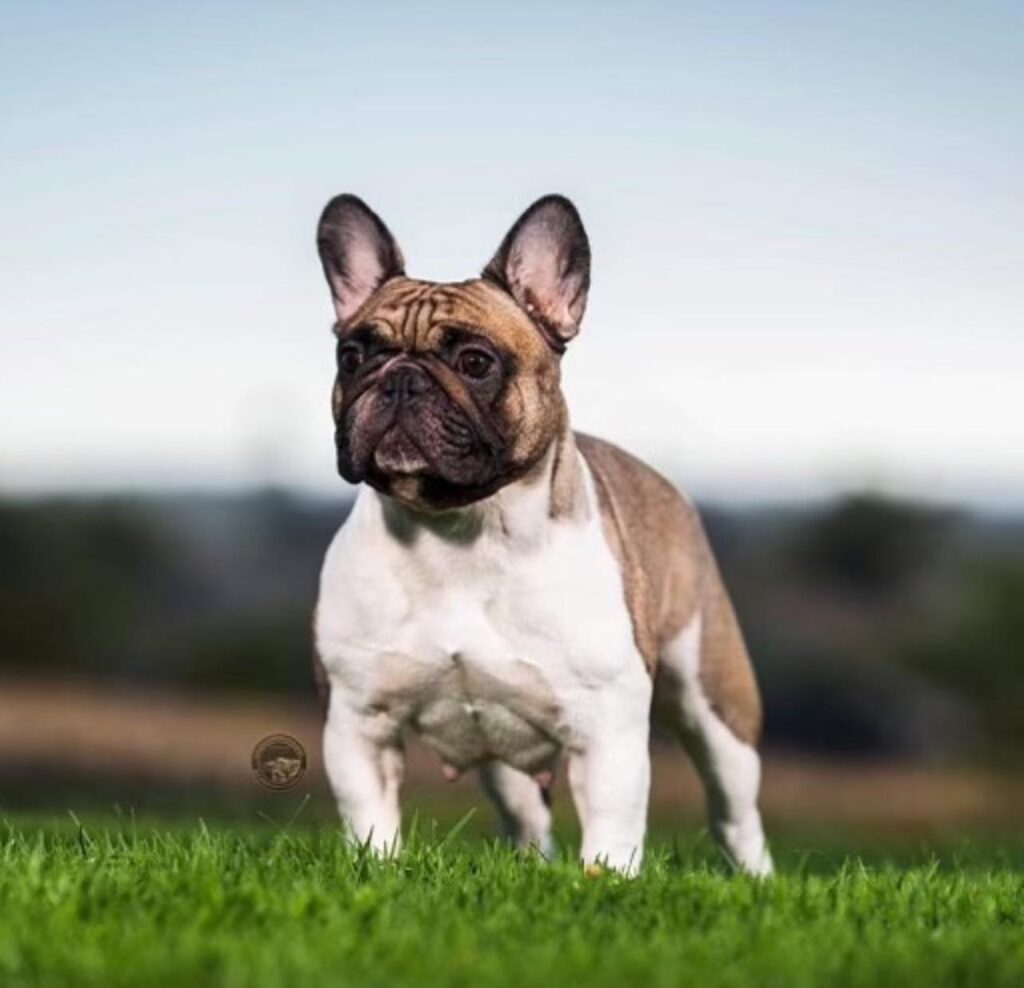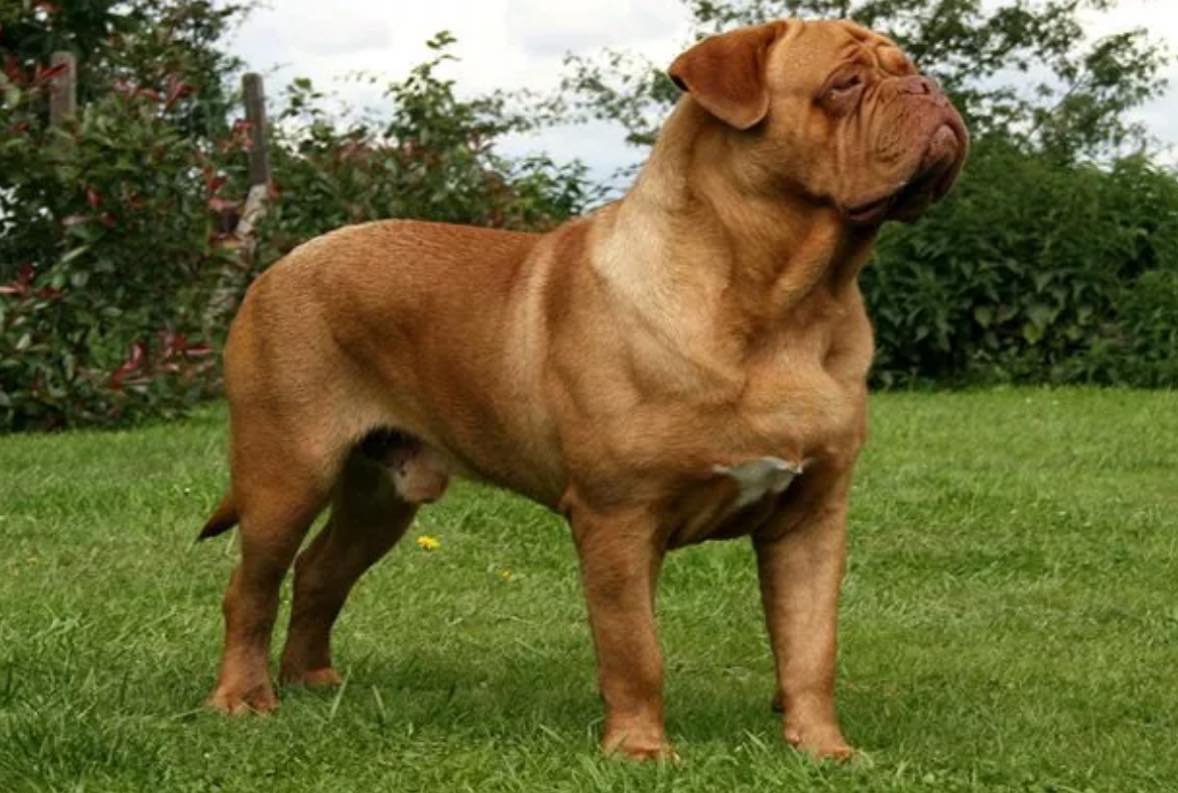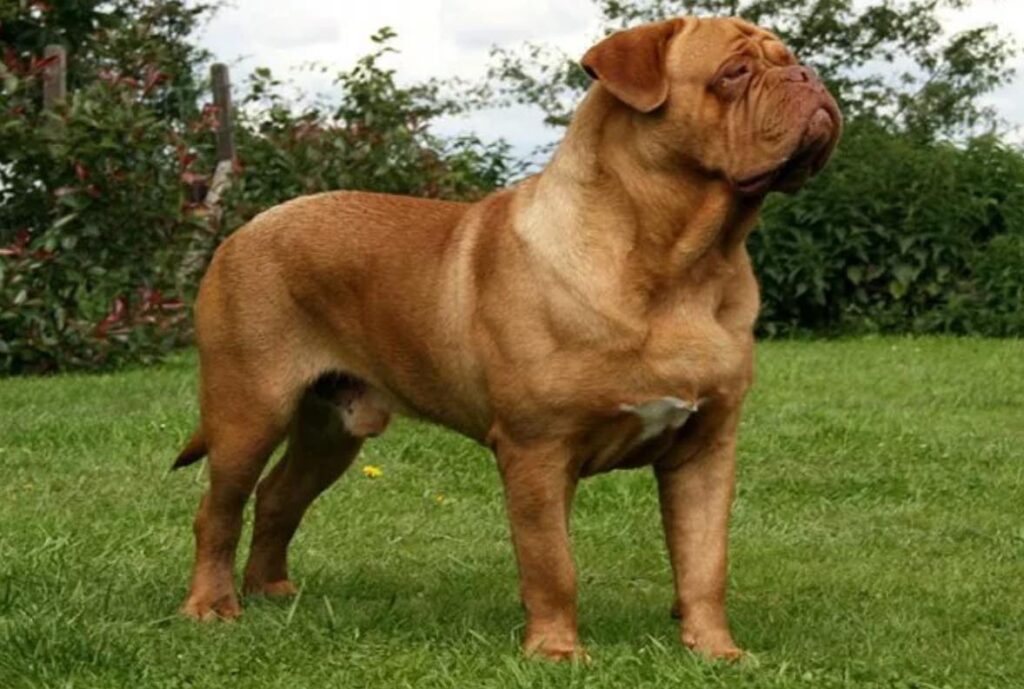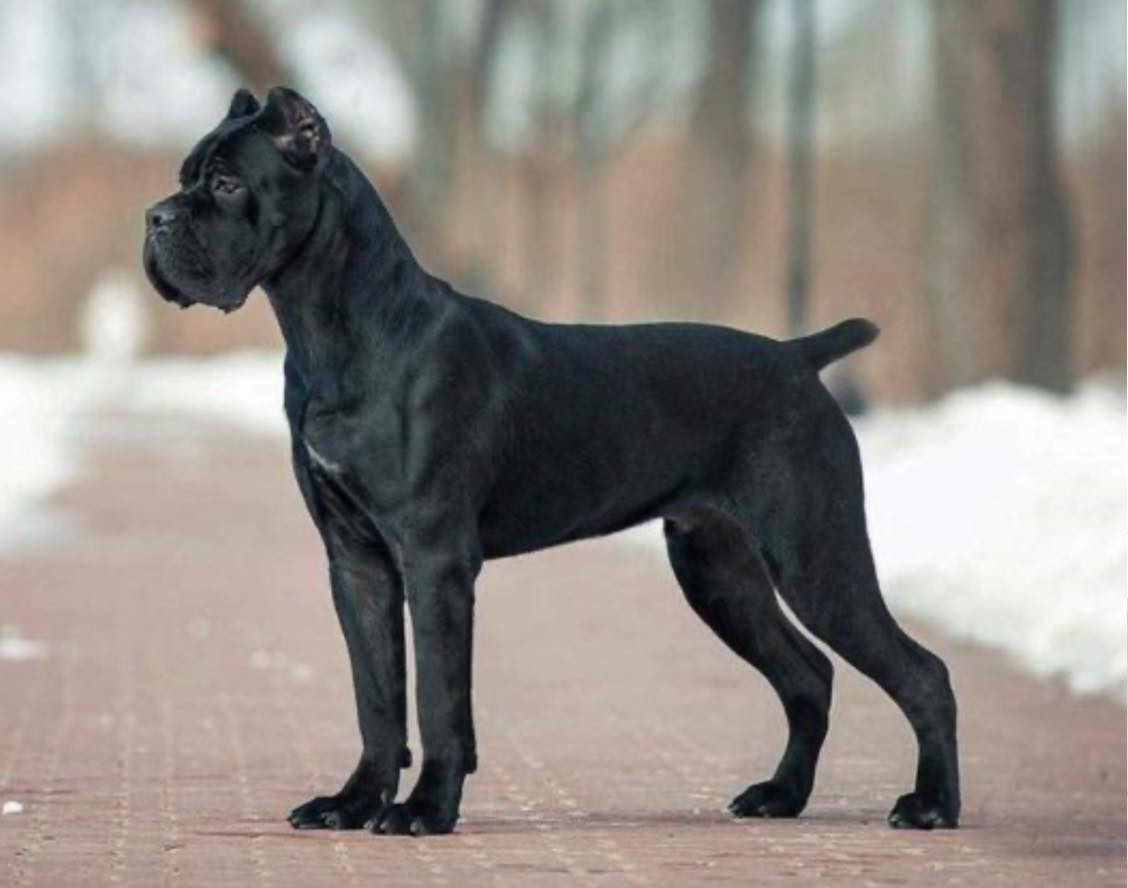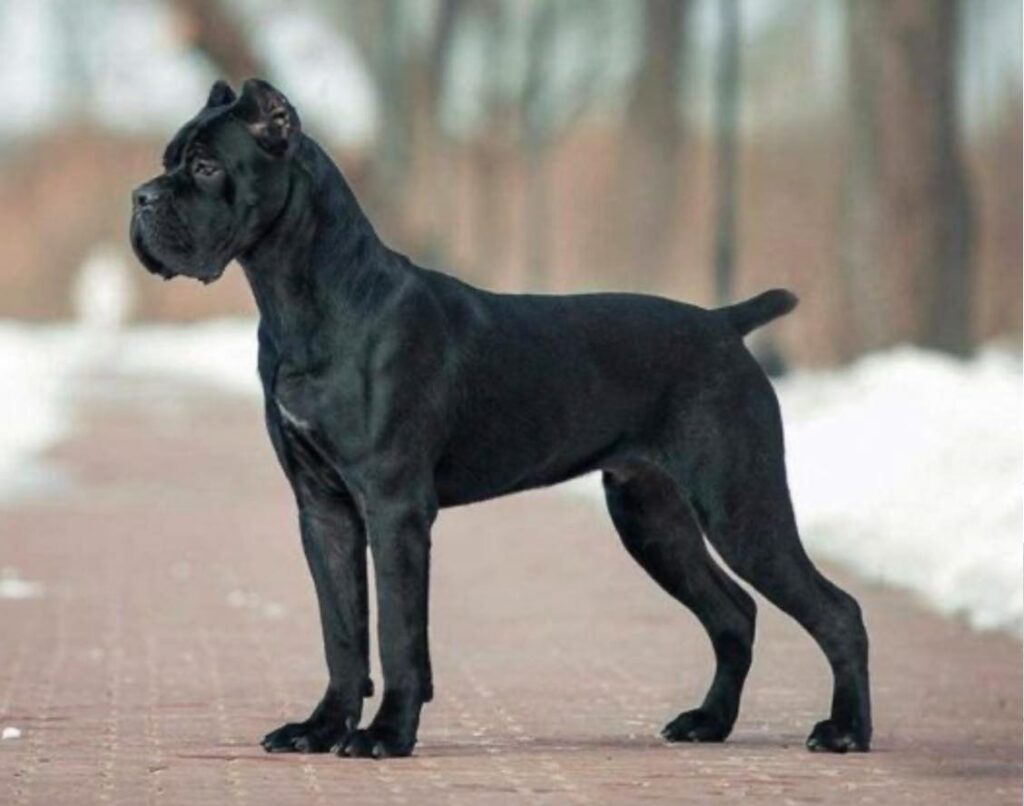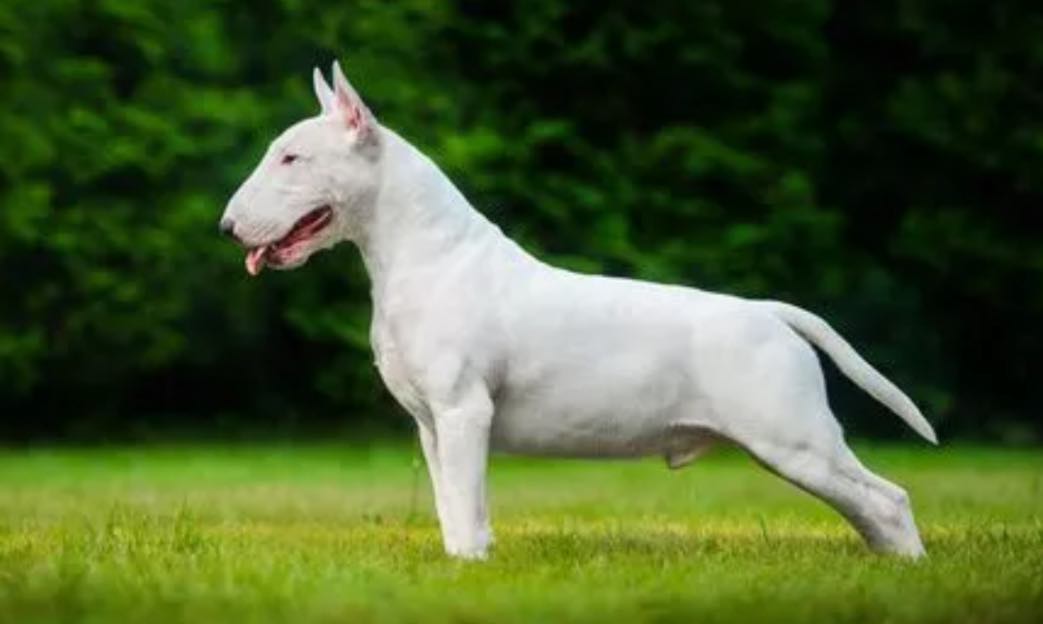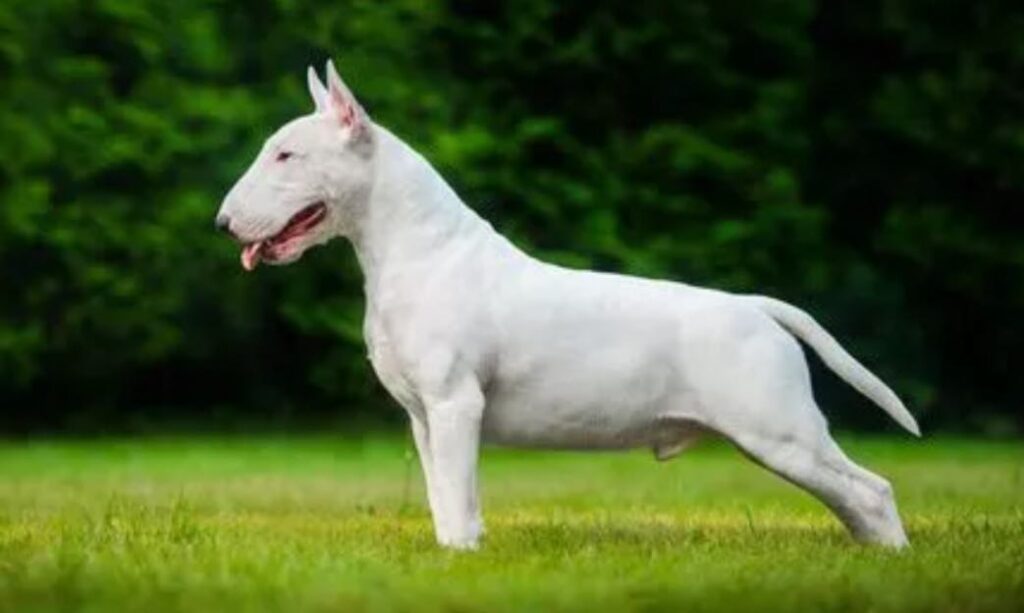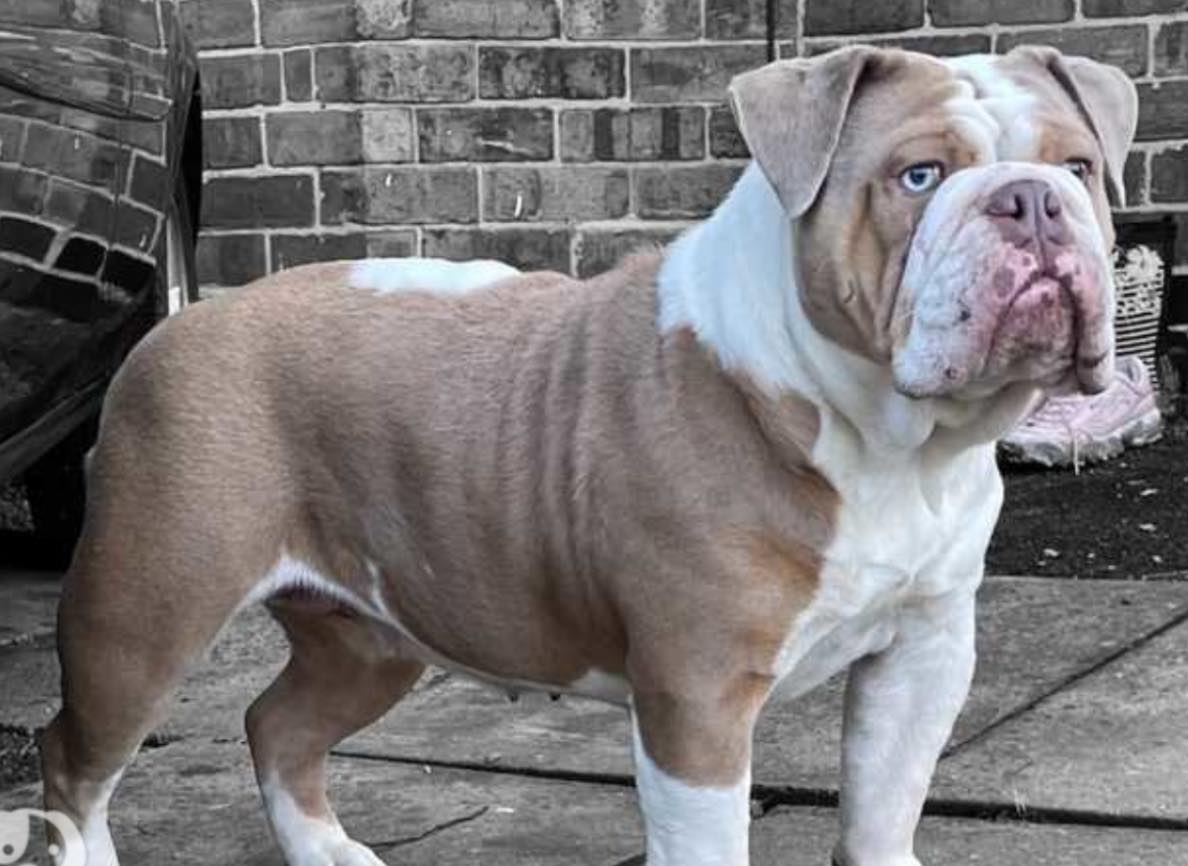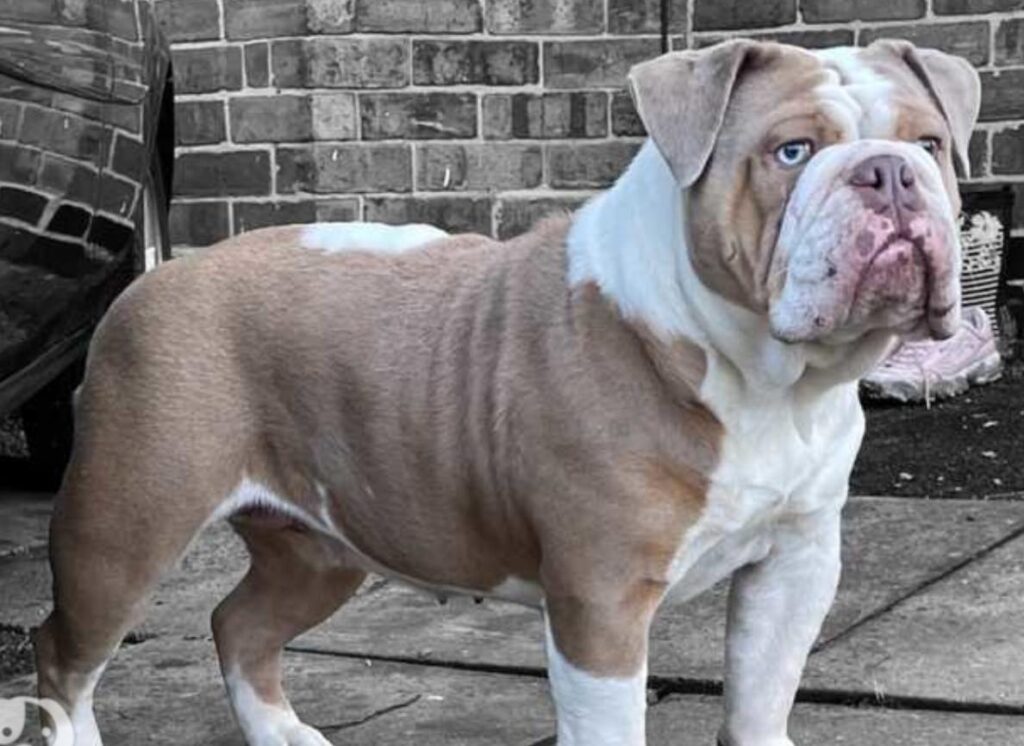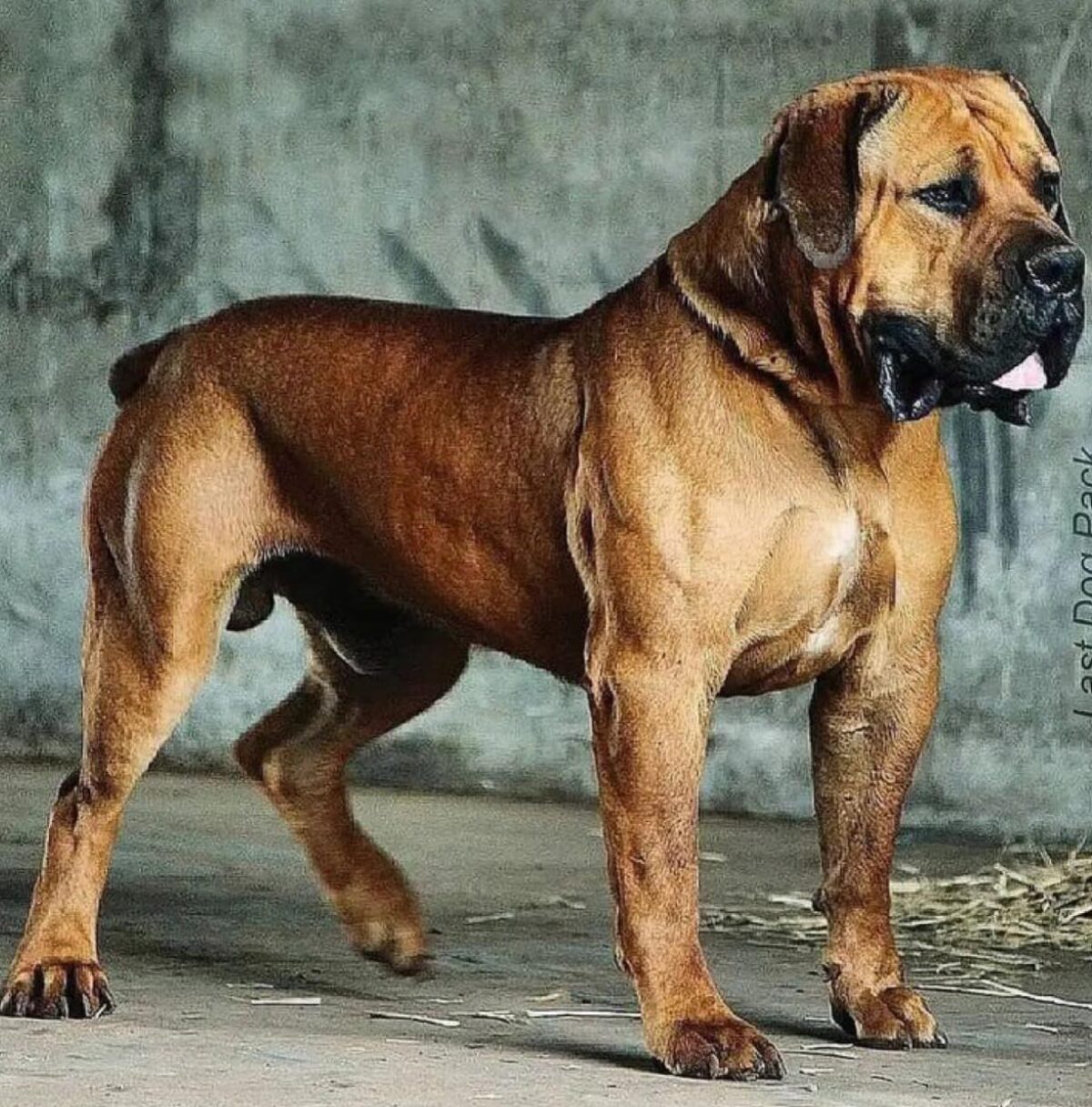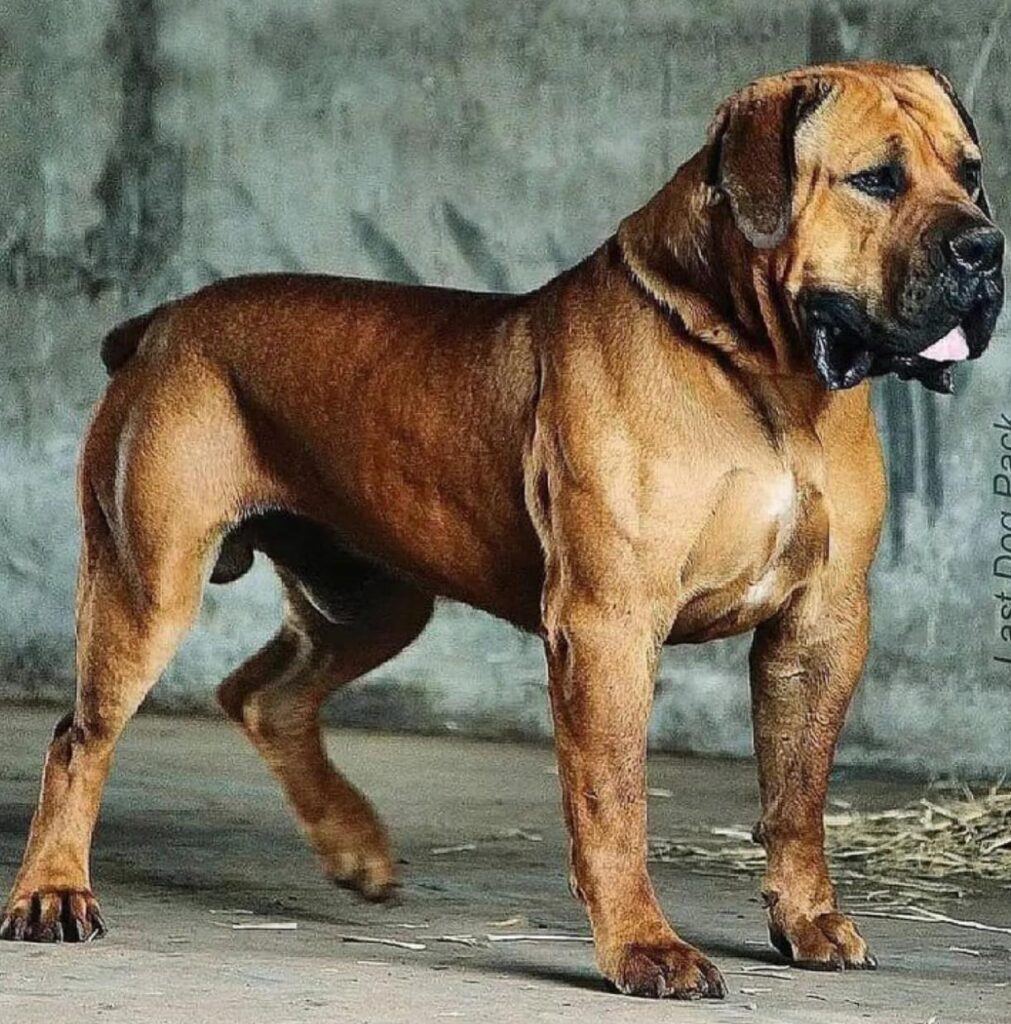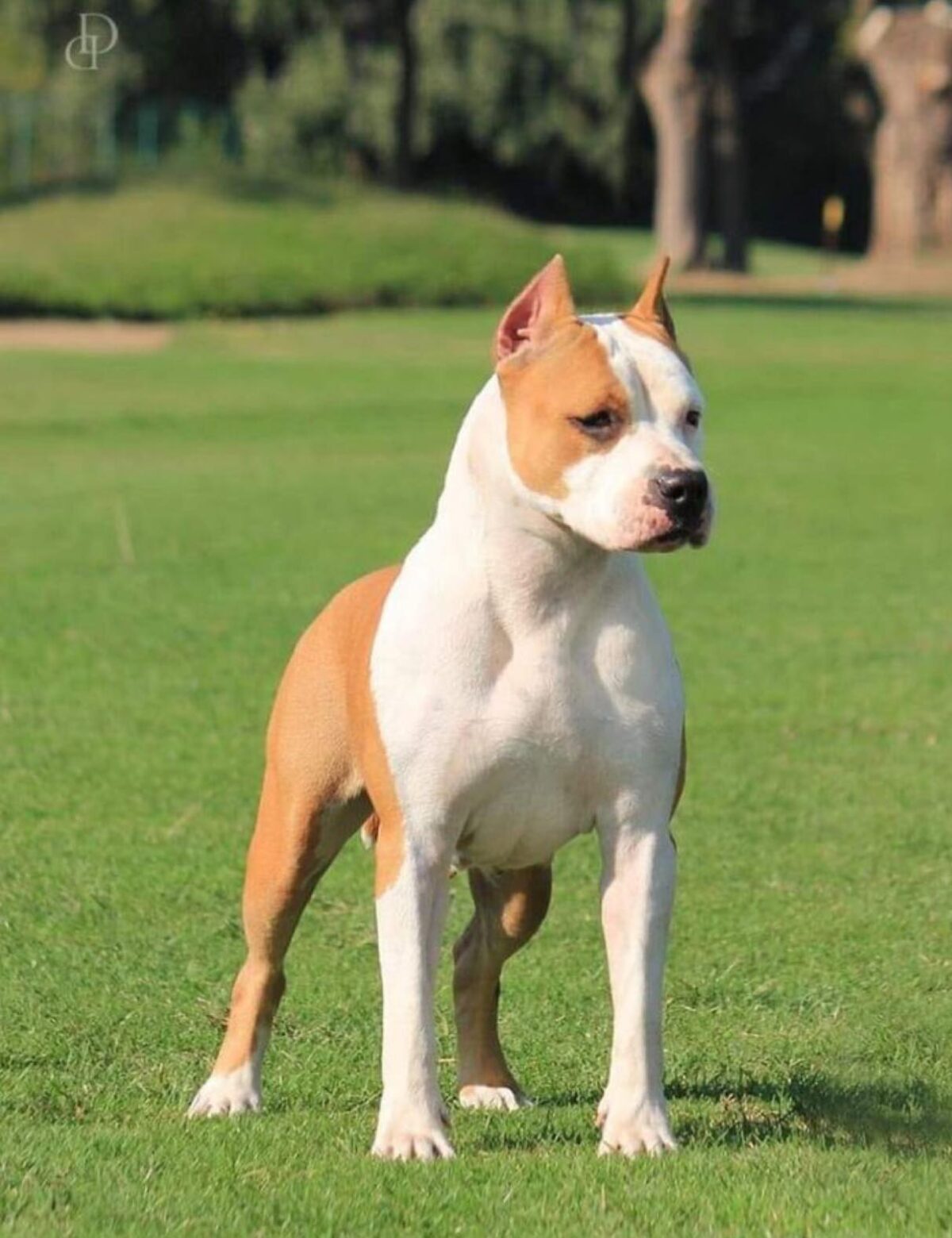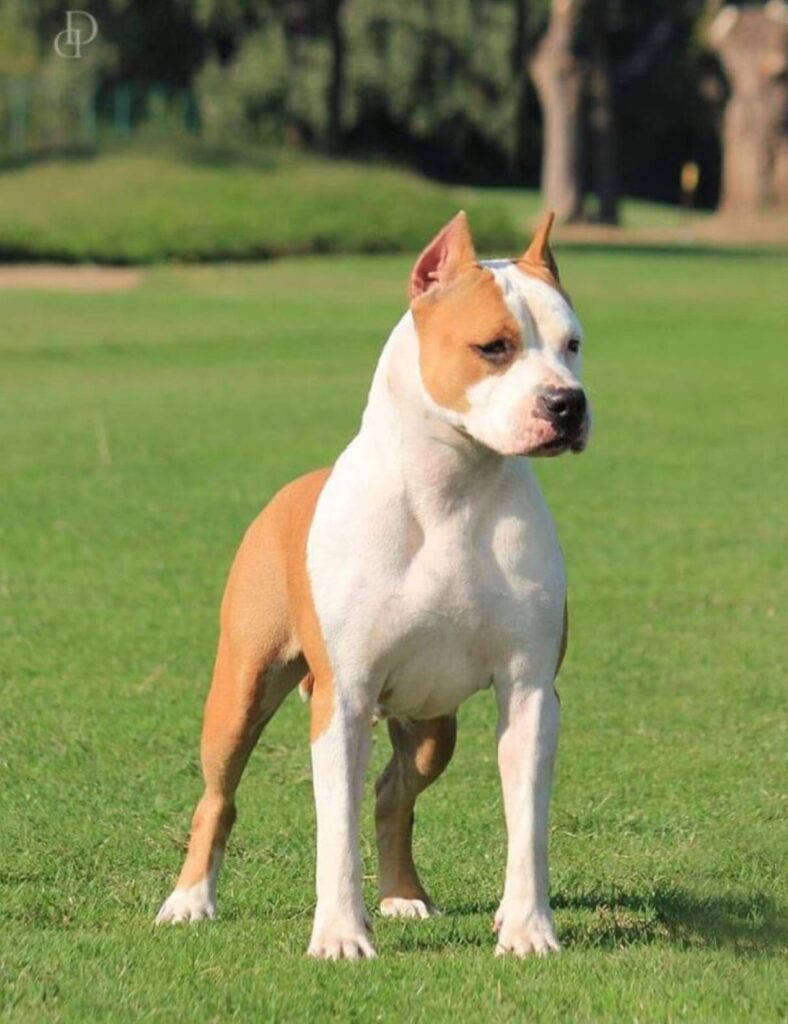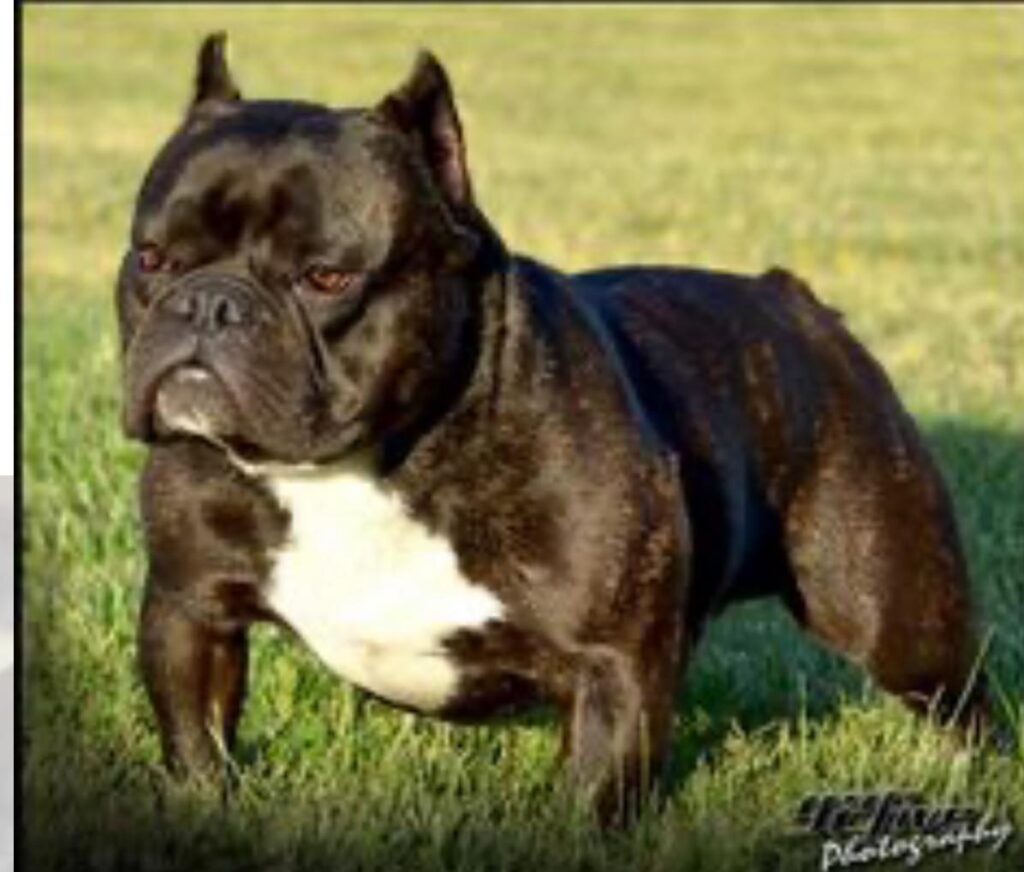
Shorty Bull
The Shortybull is a new line of bulldogs who are being bred in the miniature size. Unlike a lot of other bully breeds bred down in size, the Shortybull does not contain Boston Terrier or Pug in it’s lines. These dogs are being bred for their working ability and physical traits and not solely on looks.
The Shortybull was founded in a rural Kansas community by Amy Krogman and co-founder Jamie Sweet. Great care was taken to ensure this breed was not a “mini” of any other breed, but was very much a breed of its own with a unique appearance and temperament, unrivaled by other small bull breeds.
The vision/goal was to develop a healthy, functional small breed of dog that had a stable temperament all wrapped up in the classic bulldog look. In keeping with the vision to create a true bulldog, Boston Terriers and Pugs were avoided in the development of the Shortybull. Each breed used in the composite of the Shortybull was chosen for a specific trait such as size, structure, temperament, health, and ability. After years of extensive research into the many breeds that carried traits which were needed and desired in order to develop the Shortybull, and which became the cornerstones of the breed, the Shortybull was finally born.
Strong consideration was also given to ensuring this breed would be capable of unassisted breeding and ease of whelping with excellent mothering ability. Knowing that most bulldogs today have numerous health issues, strong emphasis given in order to developing a dog that would leave the health problems of the bully breeds behind. Creating a dog that is healthier also moved in the direction of function and ability. Your Shortybull will have the capacity to enjoy an active lifestyle, from playing fetch in the yard to becoming a companion on a run as this breed is not only willing, but capable of much activity. They participate happily at such events as rally obedience and agility competitions.
Although small, they are defiantly not delicate and thrive in any lifestyle so be prepared to enjoy many healthy, active years with your Shortybull. Once you meet one you will be a lifelong fan. It was a long journey and many years of careful breeding and documentation to bring the blueprint of a solid, all around healthy bulldog, in a fun size package, to life but the journey was a worth the results. Only after all the groundwork was laid and the theory was well tested was the Shortybull introduced to the public, and they quickly developed a large and loyal following worldwide.
The future of the Shortybull seems limitless. Through careful breeding, continued education, and development of quality programs, the Shortybull, from inception, has stood the test of time and continues to be all that was envisioned.
Breed Standard
ORIGIN: North America
Height
A dog should be no more than 15″ at the wither. The preferred height for males is 14″, and females slightly smaller but not limited to 13″. The height of the dog should lend itself to the impression of the dog being short, as indicated in the name of the breed -Shortybull, but the dog should not be dwarfish with a full large body.
Weight
A dog can weigh up to, but not greater than, 40 pounds. The preferred weight range will be 30 – 34 pounds for males, and 28 – 32 pounds for females. There is no minimum weight for the breed. The maximum weight range should be considered a strong measuring tool of the breed.
Head
The dog should have a round head with typical bulldog features. The eyes should be set far apart but should not protrude. A relatively pronounced stop is desired and fullness to the face and head lending to a “heavy” appearance of the head is in keeping with the standard. The overall shape of the head may be rounded to squared. The focus is the overall appearance of the head and features. The head should join well to the neck and shoulders and not have the appearance of distinct differences at the joining points. The illusion of being “sculpted” is desired.
Jaw
The jaw should be curved, not straight.
Nose
The nose may be turned up slightly and may be black, liver, or any color that is in keeping of the coat color of the dog. Dudley noses are a cosmetic fault. There are no nose colors that alone will be considered a disqualifying fault.
Bite
The bite should be undershot slightly. An extreme under bite with exposed lower canines is a fault. The tongue should be capable of staying within the oral region and should not hang or protrude to a degree that it is a noticeable feature. Although undershot to reverse scissor bite is preferred, an even or correct bite should not be considered a true fault nor a disqualifying trai,t as long as the presentation of this bite does not take away from the traits of the head described in this standard.
Eyes
The eyes may be any color, with brown or amber being preferred. Dogs carrying a coat color that results in a skin and or coat lacking pigment may present with blue eyes or a single blue eye. This will not be a fault if it is in keeping with the skin and or coat color (i.e. white coat with pink skin around the eyes). Faults to the eyes will be Cherry eye, entropion, distinctly cloudy eye,s or obvious presence of panes of the eyes. No dog should be shown with either of the first two listed conditions.
Ears
Cropped or drop are the only acceptable ear presentations (rose or erect ears are a major fault and dogs should not be presented for judging toward breed standing if this is the present set of the ears). Surgical and or manual manipulation of the ear set is acceptable, but handlers should avoid showing the dog while healing from or being manipulated. Ears should be set wide to the sides of the head and should not be set high on top of head nor low and “houndy” off the sides of the dome of the skull.
Body
The body should be short from the back of the neck to the tail. The chest should be broad for height and have depth reaching to the elbow. A compact look is desired. Slightly longer torsos, especially on females of breeding age, while not the most desired look, do remain an acceptable presentation, unless it causes the dog to appear “long”. They should be well balanced in width and body length. They should have nice barrel of the torso and be well-sprung in the ribs. They should be surprisingly dense and heavy for the size of the dog. The impression should be of a solid dog with thick muscle and great strength for its size. A large dog in a small sack is the desired presentation. No matter the body type it should not affect the overall movement and flow of the dog in motion.
Movement & Gait
The dog should strike out with good reaching extension of the front legs, and powering strongly with the rear. Full range of motion in movement is preferred. The dog should not lumber or roll but display a smooth even gait, free of hopping, dragging, or shuffling/crossing of legs and feet when in motion. The dog should not appear to float as they are heavy of body and possess strength in motion, but the dog should not pound. The correct movement should lift and glide with strength and flow. Any gait that is labored, out of sync, or uneven left to right, or front to back should be considered a fault. Obvious malfunction of joints such as poor function of the hips, elbows, knees (i.e. luxation of the patella) is a strong fault and should be taken into great consideration when evaluating the dog.
Width
Front quarters and hindquarters should be proportionate. The chest may be slightly broader than the rear, but very narrow hindquarters are a fault.
Shoulders & Rumps
The dog should be well rounded and well muscled, lending to an appearance of strength. There should be a sturdiness to the stance and be well squared. There may be a slight rise over the loins but should not be roached, swayed or wheel backed. These will be considered a fault.
Legs
The legs should be heavy boned and in direct proportion to the body. Long legs in proportion to the body or fine bones are a fault. Cow hocked or pigeon toed is a fault as are down pasterns.
Feet
Tight feet and straight pasterns preferred. Splayed feet are a fault. Any color of toes/toenails is acceptable. It is preferred to leave the dewclaws but it will not be considered a fault if they are removed.
Tail
The tail must be short; either natural bob, docked, or screwed are all acceptable in the breed. The tail should be no more than one sixth the distance to the hocks. With the shorter “bobbed” appearance being the most desirable. If surgical docking is mandated, the recommended length will be three (3) vertebrae.
Color
All coat colors are acceptable except merle or black and tan. There will be no preference in judging given to solid vs Pied or spotted coat coloration as either type is acceptable.
Temperament
The dog should be good natured and even-tempered. Extreme shyness or undue aggression is unacceptable. They should be confident, gregarious, and project an impression of ownership of all that is around them. They should have the ability to easily cohabitate with other pets, and enjoy being around children in keeping with the bull breeds they are a derivative of. There should be loyalty to family and pack and have a great desire to be with their people. Their size does not lend to them being a successful guardian, but neither should they should be yappy or flighty. Willingness to stand their ground makes them a true bulldog. Being alert and watchful, with the ability to notify family of the arrival of strangers or other things out of the “norm” is without question a part of this breed. A bigger than life attitude while endearing may find them in need of rescue from larger dominate counterparts. Proper socialization is important to ensure they establish a hierarchy in keeping with their size and ability. Obedience training is recommended with this or any breed. They are quick learners but will show a stubborn streak if your training lacks consistency or resolve.
